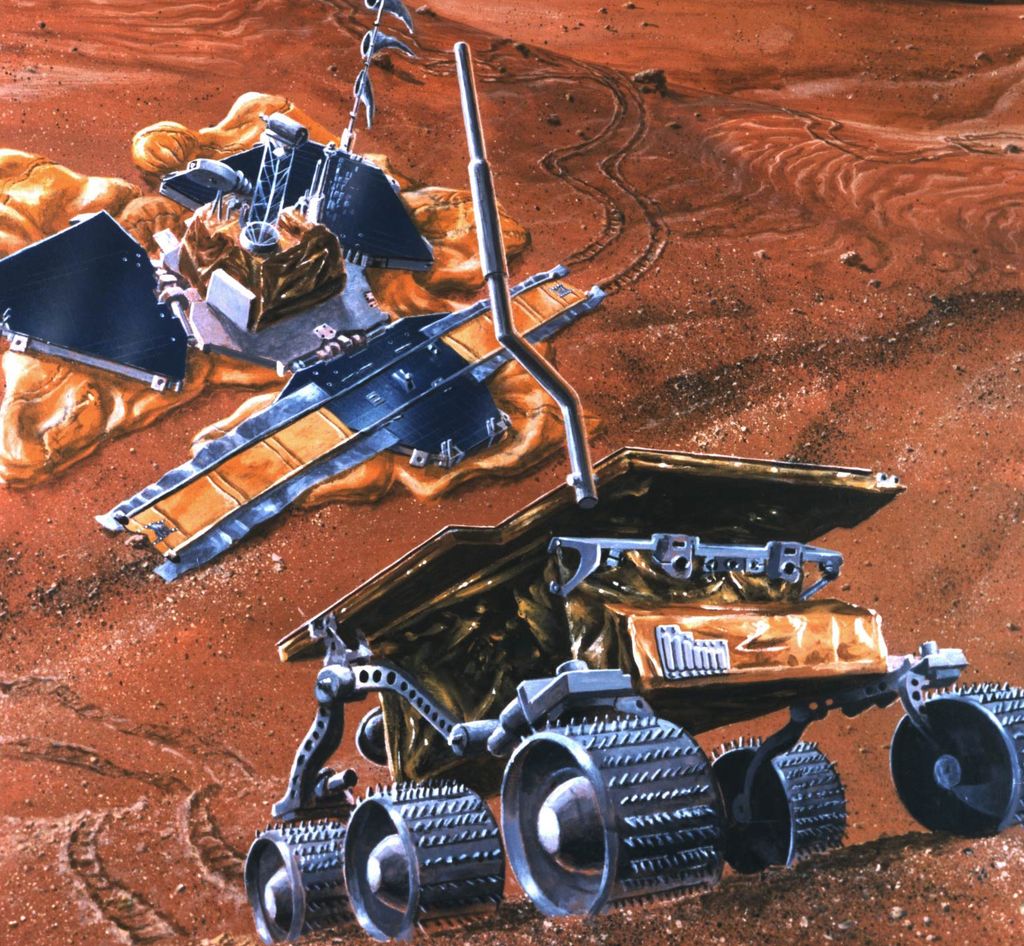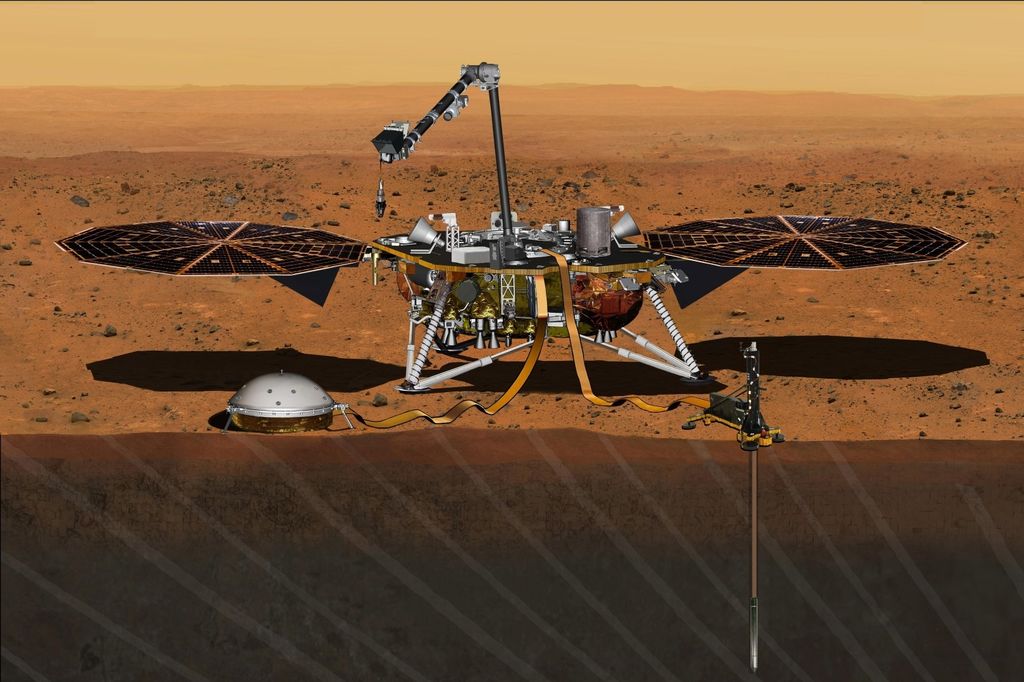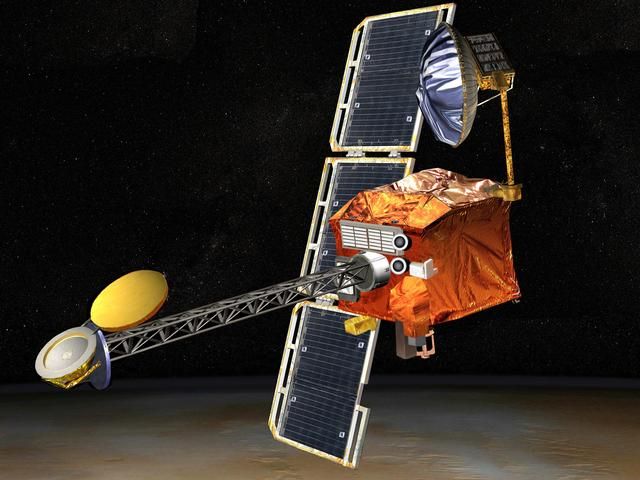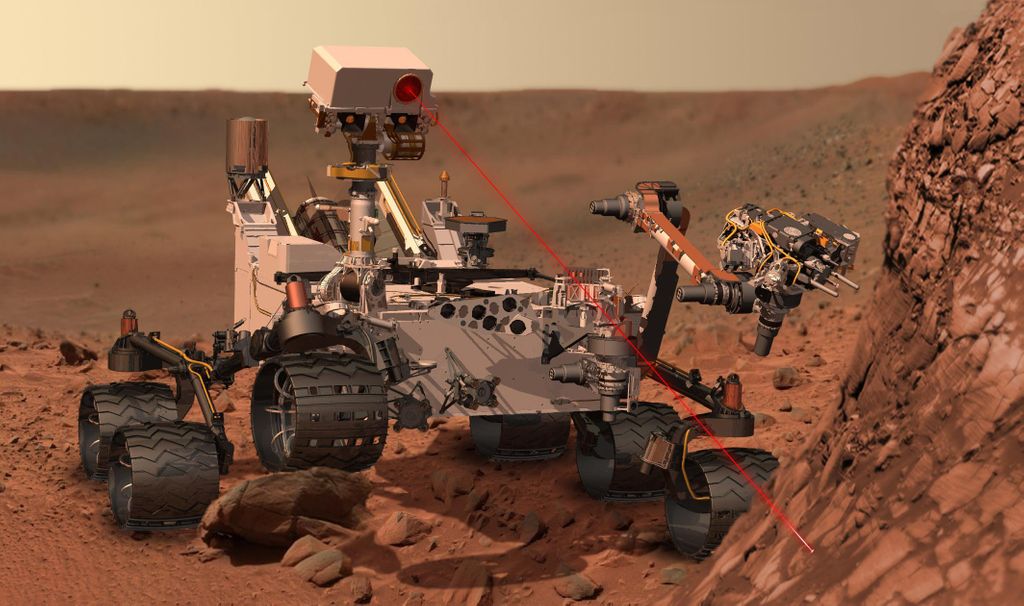Some Mars Exploration Missions
May 31, 2019 • 36 views
Mars has always been the centre of attention when it comes to discovering life and habitability. But do you know about some of the most successful Mars missions which have done a brilliant job in reading and analyzing geological, geographical and astrobiological martian sites? Here are some of the very popular Mars missions:
Mars Global Surveyor:

Launched in 1996, this mission studied the Martian surface, atmosphere, and interior. The instruments onboard were the thermal emission spectrometer, laser altimeter, magnetometer/electron reflectometer, and ultra-stable oscillator, wide-angle camera system, known as the Mars Orbital Camera and radio relay system.
Mars Pathfinder:

The science instruments onboard the Mars Pathfinder included the Alpha Proton X-ray Spectrometer (APXS) determined the elemental composition of rocks and soils and Imager for Mars Pathfinder (IMP) camera which provided images of the surrounding terrain for geological studies and an Atmospheric Structure Instrument/Meteorology Package (ASI/MET) which provided meteorological measurements at the lander.
Mars Phoenix:

Phoenix Mars Mission was designed exclusively with a focus on astrobiology to study the history of water and search for complex organic molecules. It included some of the most sophisticated science instruments onboard like the Surface Stereoscopic Imager (SSI) provided high-resolution panoramic images of Martian arctic, Thermal and Evolved Gas Analyzer (TEGA) which gave important information regarding the chemical character of soil and ice, Microscopy, Electrochemistry, and Conductivity Analyzer (MECA) which determined the soil mineralogy on-board, Mars Descent Imager (MARDI) and Meteorological Station (MET).
These were some of the previous Mars operated missions. Let's go and talk about the current ongoing Mars missions:
Mars Odyssey (2001):

Odyssey enabled scientists to create maps of minerals and chemical elements and identify regions with buried water ice. The onboard instruments included Thermal Emission Imaging System (THEMIS), Gamma Ray Spectrometer and Mars Radiation Environment Experiment (MARIE).
Mars Exploration Rovers (Spirit and Opportunity) (2003): One of the primary goals of the mission was to search and characterize a wide range of rocks and soils for clues to past water activity. The instruments were miniature Thermal Emission Spectrometer for identifying minerals at the site, Moessbauer Spectrometer for identifying iron-bearing minerals and Microscopic Imager for looking at fine-scale features. Mars Express (2003): The main objective was also to search for life signatures (exobiology). Some of the crucial onboard instruments were the Visible and Infrared Mineralogical Mapping Spectrometer (OMEGA), Planetary Fourier Spectrometer (PFS), Ultraviolet and Infrared Atmospheric Spectrometer (SPICAM).
Mars Reconnaissance Orbiter (2005):

Focused on gaining knowledge of the history of Mar’s water. Instruments were Compact Reconnaissance Imaging Spectrometer for the search of water-related minerals on Mars, Mars Climate Sounder, Mars Color Imager and Shallow Subsurface Radar for information on underground ice.
Mars Science Laboratory (Curiosity) (2011):

Curiosity was sent to Mars with the objective of answering one question, ‘Did Mars ever have the right environmental conditions to support small life forms called microbes?’ Curiosity's instruments found chemical and mineral evidence of past habitable environments on Mars. Onboard is a suite of instruments named SAM (Sample Analysis at Mars) which includes gas chromatograph, mass spectrometer, and tunable laser spectrometer to identify carbon-containing compounds. CheMin for mineral analysis. Mars Hand Lens Imager gives extreme close-up pictures of rocks revealing crucial data. ChemCam which uses laser pulses to vaporize samples. A Radiation Assessment Detector to assess the radiation environment at the surface of Mars.
Image Source: Google Images
